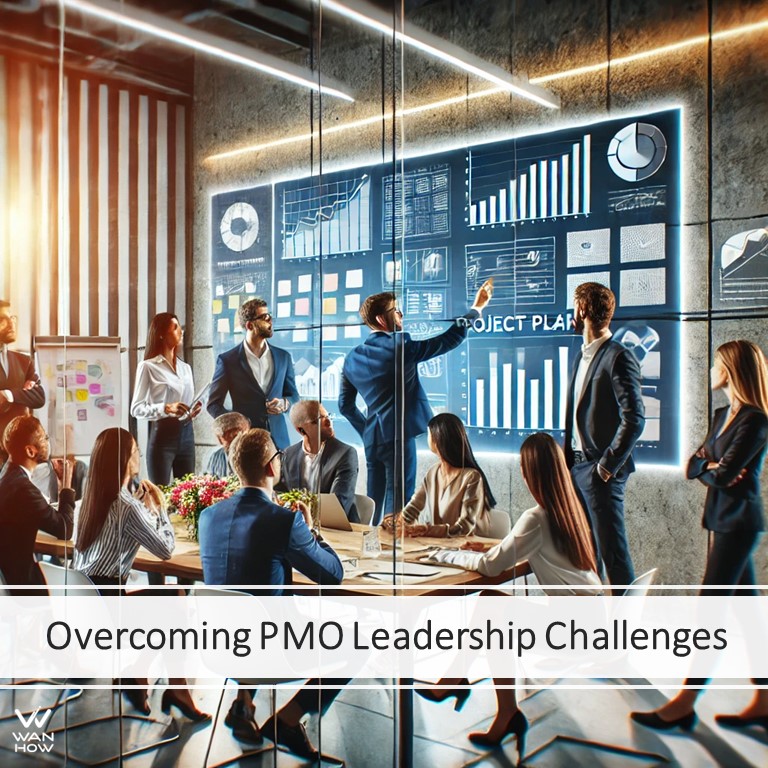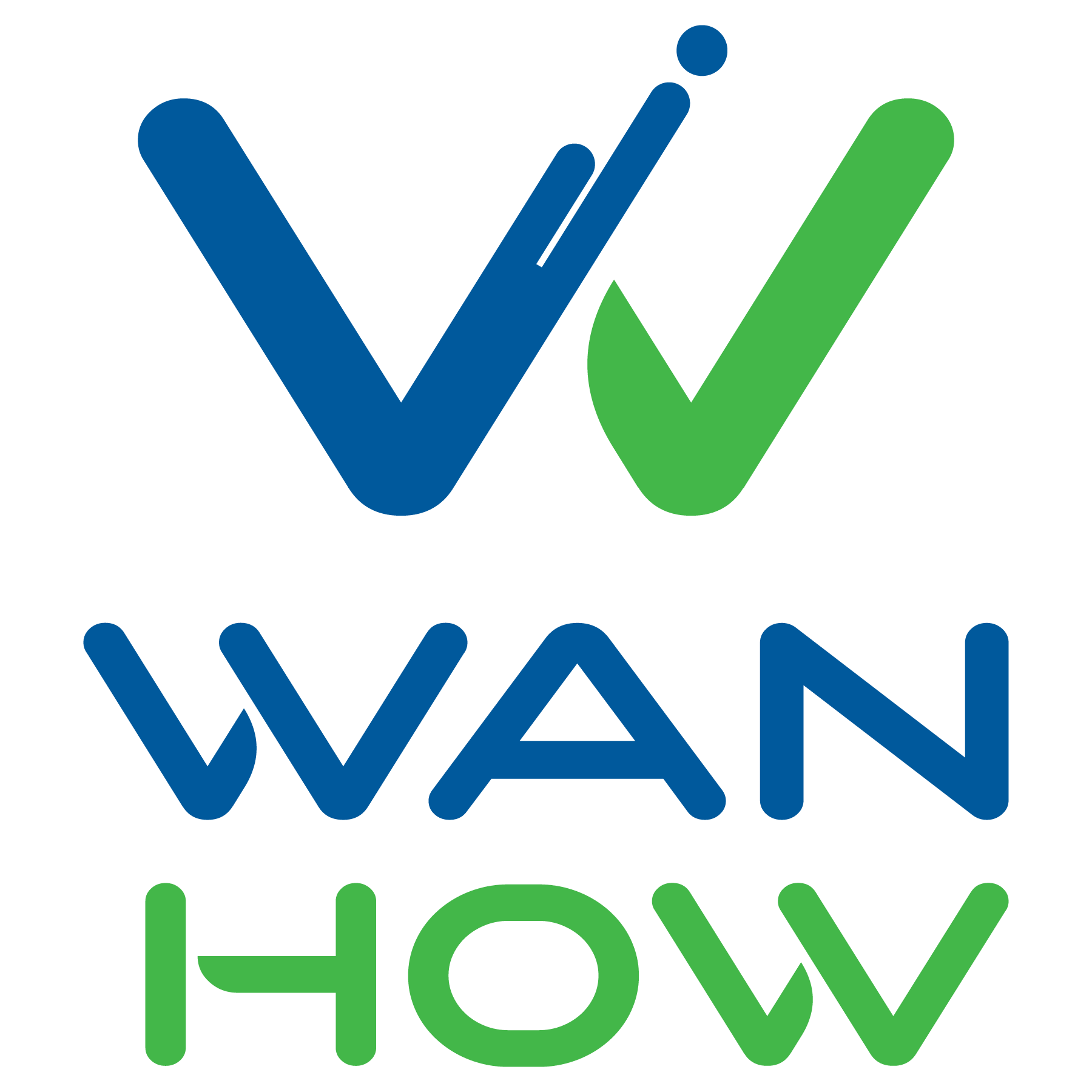
Question from a Follower:
As a PMO leader, my biggest PMO leadership challenges often revolve around balancing strategic alignment with day-to-day project execution, managing resource allocation efficiently, and fostering effective communication across diverse teams. Ensuring that projects are not only completed on time and within budget but also deliver real value to the organization is a constant priority. I look forward to your insights and posts on these topics, as they could provide valuable strategies and perspectives to tackle these challenges effectively.
Answer from the Project Doctor:
Thank you for sharing your biggest PMO leadership challenge—balancing strategic alignment with day-to-day project execution. This is a common challenge faced by many PMO leaders, and it’s a significant one. However, it’s essential to recognize that this challenge is precisely why your role exists. If this challenge did not exist, the need for a PMO leader would diminish, and the value you bring to your organization would not be required. Embracing this challenge is embracing your job’s core purpose, as your success directly impacts the organization’s ability to achieve its strategic goals. Now, let’s delve into some strategies to tackle these PMO leadership challenges effectively.
PMO Leadership Challenge #1: Balancing Strategic Alignment with Day-to-Day Project Execution
Strategic Alignment
Define Clear Objectives: Every project should have clear, measurable objectives that align with the organization’s strategic goals. This alignment helps in prioritizing projects and making informed decisions. Objectives should be specific, measurable, achievable, relevant, and time-bound (SMART). By defining clear objectives, you ensure that all team members understand the project’s purpose and how it contributes to the organization’s broader goals.
Regular Reviews: Conduct regular strategic reviews to assess the alignment of ongoing projects with organizational goals. These reviews should include key stakeholders and project managers to ensure that everyone is on the same page. During these reviews, evaluate the progress of each project and its alignment with strategic objectives. Adjust project priorities as needed to maintain alignment. This process ensures that projects remain relevant and continue to contribute to the organization’s strategic goals.
Prioritization Frameworks: Implement prioritization frameworks such as the Eisenhower Matrix or the MoSCoW method (Must have, Should have, Could have, and Won’t have) to manage your project portfolio. These frameworks help in distinguishing between urgent and important tasks, ensuring that high-priority projects receive the necessary resources and attention.
Day-to-Day Execution
Agile Methodologies: Implement agile methodologies to enhance flexibility and responsiveness. Agile practices enable teams to adapt to changes quickly and maintain alignment with evolving strategic priorities. By breaking projects into smaller, manageable tasks (sprints) and continuously reviewing progress, teams can respond to changes in requirements or market conditions promptly. Agile methodologies, such as Scrum or Kanban, promote iterative development, frequent feedback, and continuous improvement, ensuring that projects stay on track and aligned with strategic goals.
Effective Delegation: Empower project managers with the authority to make day-to-day decisions. This reduces bottlenecks and ensures that project execution stays on track. Delegation involves entrusting team members with tasks and responsibilities that match their skills and expertise. By delegating effectively, you can focus on strategic planning and high-level decision-making while ensuring that project managers handle the operational aspects. Clear communication, defined roles, and accountability are essential for successful delegation.
Project Management Tools: Leverage project management tools such as Microsoft Project, Asana, or Jira to streamline project execution. These tools provide visibility into project timelines, tasks, and milestones, enabling better tracking and management. They also facilitate collaboration among team members, ensuring that everyone is aware of their responsibilities and deadlines.
PMO Leadership Challenge #2: Managing Resource Allocation Efficiently
Resource Planning
Resource Management Tools: Utilize resource management tools to gain visibility into resource availability and allocation. Tools like Microsoft Project, Jira, or Trello can help in tracking resource usage and identifying potential conflicts. These tools provide real-time data on resource allocation, availability, and workload, enabling better decision-making. By using resource management tools, you can optimize resource utilization, avoid over-allocation, and ensure that resources are allocated efficiently.
Skills Matrix: Develop a skills matrix to identify the strengths and weaknesses of your team members. This allows for better matching of resources to project requirements. A skills matrix is a visual representation of the skills and competencies of your team members. It helps in identifying skill gaps and training needs, ensuring that the right people are assigned to the right tasks. Regularly update the skills matrix to reflect changes in team composition and skill levels.
Capacity Planning: Conduct capacity planning to ensure that resources are not over-allocated. Balance workloads to prevent burnout and ensure optimal productivity. Capacity planning involves assessing the available resources and their workload capacity. By understanding the capacity of your team, you can allocate resources effectively, avoid overloading team members, and ensure that projects are completed on time and within budget.
Optimizing Utilization
Cross-Training: Invest in cross-training to build a versatile workforce. This enables team members to take on multiple roles, increasing flexibility and reducing dependency on specific individuals. Cross-training involves providing training and development opportunities to team members in different areas of expertise. By building a cross-functional team, you can ensure that projects continue to progress even when key team members are unavailable. Cross-training also enhances collaboration and knowledge sharing among team members.
Resource Pools: Create resource pools to manage shared resources effectively. Resource pools are groups of resources that can be allocated to different projects based on demand. By managing resource pools, you can ensure that resources are available when needed and optimize resource utilization. Resource pools also enable better coordination and allocation of resources across multiple projects.
Automated Scheduling: Implement automated scheduling tools to streamline resource allocation. Automated scheduling tools use algorithms to optimize resource allocation based on project requirements and resource availability. By automating scheduling, you can reduce manual effort, minimize errors, and ensure that resources are allocated efficiently.
PMO Leadership Challenge #3: Fostering Effective Communication Across Diverse Teams
Communication Strategies
Regular Meetings: Schedule regular meetings to facilitate open communication and collaboration. Daily stand-ups, weekly status meetings, and monthly reviews can help in keeping everyone on the same page. Regular meetings provide opportunities for team members to share updates, discuss challenges, and seek feedback. They also promote transparency and accountability, ensuring that everyone is aware of project progress and any issues that need to be addressed.
Collaboration Tools: Leverage collaboration tools like Slack, Microsoft Teams, or Asana to enhance communication. These platforms provide a centralized space for discussions, file sharing, and project updates. Collaboration tools enable real-time communication, document sharing, and task management, ensuring that team members can collaborate effectively regardless of their location. By using collaboration tools, you can improve communication, streamline workflows, and enhance team productivity.
Communication Plans: Develop communication plans for each project to outline how information will be shared and who will be responsible for communication. Communication plans should include details on the frequency and format of updates, communication channels, and key stakeholders. By having a clear communication plan, you can ensure that information is shared consistently and that stakeholders are kept informed of project progress.
Building a Collaborative Culture
Transparency: Foster a culture of transparency where information is shared openly. This builds trust and encourages team members to communicate freely. Transparency involves sharing project updates, challenges, and successes with the entire team. By promoting transparency, you can create an environment where team members feel comfortable sharing their ideas and concerns, leading to better collaboration and problem-solving.
Diversity and Inclusion: Promote diversity and inclusion to leverage the unique perspectives and strengths of a diverse team. Encourage team members to share their ideas and collaborate effectively. Diversity and inclusion involve creating a workplace where individuals from different backgrounds and experiences feel valued and included. By promoting diversity and inclusion, you can enhance creativity, innovation, and problem-solving within your team.
Team-Building Activities: Organize team-building activities to strengthen relationships and improve collaboration among team members. Team-building activities can include workshops, offsite meetings, and social events. These activities provide opportunities for team members to build trust, improve communication, and develop a sense of camaraderie. By fostering strong relationships, you can enhance collaboration and create a cohesive team.
PMO Leadership Challenge #4: Ensuring Projects Deliver Real Value
Value Delivery
Value Metrics: Define and track value metrics to measure the impact of projects on organizational goals. Metrics such as ROI (Return on Investment), customer satisfaction, and process improvements can help in assessing value delivery. By defining value metrics, you can quantify the benefits of your projects and demonstrate their contribution to the organization. Regularly review and update value metrics to ensure that they remain relevant and aligned with organizational goals.
Stakeholder Engagement: Engage stakeholders throughout the project lifecycle to ensure that their needs and expectations are met. Regular feedback from stakeholders helps in aligning project outcomes with business objectives. Stakeholder engagement involves identifying key stakeholders, understanding their needs, and involving them in decision-making processes. By engaging stakeholders, you can ensure that projects deliver value and meet the expectations of those who are invested in their success.
Customer-Centric Approach: Adopt a customer-centric approach to ensure that projects deliver value to customers. This involves understanding customer needs and incorporating their feedback into project planning and execution. By focusing on customer satisfaction, you can ensure that projects meet customer expectations and deliver real value.
Continuous Improvement
Post-Project Reviews: Conduct post-project reviews to identify lessons learned and areas for improvement. Use this feedback to refine processes and enhance future project performance. Post-project reviews involve evaluating project outcomes, identifying successes and challenges, and documenting lessons learned. By conducting post-project reviews, you can continuously improve project management processes and enhance the effectiveness of future projects.
Innovation: Encourage a culture of innovation where team members are motivated to find creative solutions to problems. Innovation drives value creation and keeps the organization competitive. Promote a mindset of continuous improvement and encourage team members to experiment with new ideas and approaches. By fostering a culture of innovation, you can enhance project outcomes and deliver greater value to the organization.
Process Optimization: Continuously optimize project management processes to improve efficiency and effectiveness. Process optimization involves analyzing existing processes, identifying areas for improvement, and implementing changes to enhance performance. By optimizing processes, you can reduce waste, improve productivity, and ensure that projects are completed on time and within budget.
Conclusion
As a PMO leader, addressing these PMO leadership challenges requires a strategic and proactive approach. By balancing strategic alignment with day-to-day execution, managing resources efficiently, fostering effective communication, and ensuring value delivery, you can lead your teams to success. Continuously refine your strategies based on feedback and evolving organizational needs to maintain effectiveness and drive continuous improvement.
